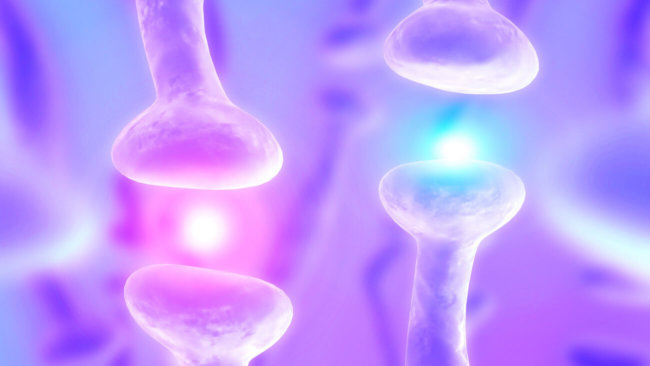
As you know, all the metabolic processes in our body occur at the cellular level. Special structures (receptors) on the surface of cells and cellular elements that regulate membrane permeability to certain substances that trigger the processes of synthesis and decomposition of substances and have many features. But “breakage” of the receptor apparatus often develop various terrible diseases. And recently a group of scientists from Kazan Federal University (KFU) have managed to synthesize a synthetic analogue of a biological receptor cells.
Funding for the study was carried out with the support of Russian science Foundation, and the work was published in the journal Beilstein Journal of Organic Chemistry. As one of the authors of the research, Professor Ivan stojkov,
“The development of research in the field of anion receptor biomimetics is aimed at creation of synthetic analogues of natural compounds. This is largely necessary for a deeper understanding of several biological processes. We received a new effective and selective synthetic receptors for anions based on thiacalixarenes”.
It is necessary to clarify what is thiacalixarene. Are organic compounds whose molecules have the shape of a bowl. Its Central part consists of several hydrocarbon rings connected by sulfur atoms. The top layer of the bowl consists of short chains of atoms of carbon and hydrogen, and the oxygen-containing hydroxyl groups (i.e. the linked atoms of hydrogen and oxygen). To hydroxyl groups through several chemical reactions to attach different molecules. Moreover, depending on the “environment” will selectively adhere only some molecules, while others did not will interact with a synthetic receptor. But that’s not all: during the experiments it was found out that the synthetic receptors depending on the shape of the Cup have different selectivity to certain ions.
“Synthetic compounds may find practical application in the development of new materials and for diagnostic purposes. A variety thiacalixarenes, synthetically accessible and non-toxic, making them promising. In the future we plan to obtain structures with different spatial arrangement of functional groups. You will also receive materials with the functions of receptor systems for the delivery and dosing of drugs and new biological sensors.”
Created synthetic analog of the cellular receptor
Vladimir Kuznetsov